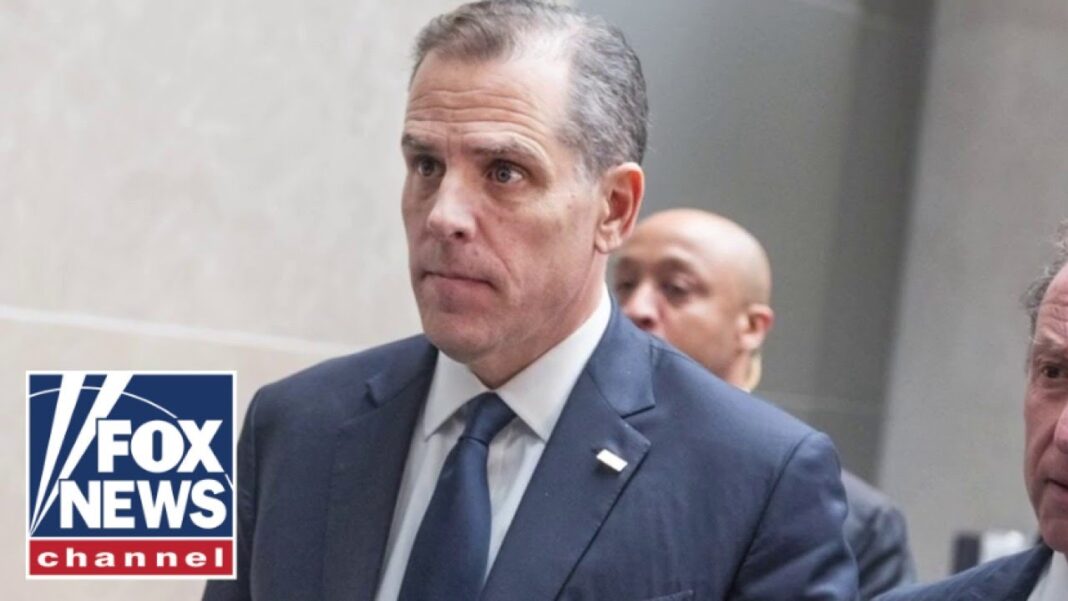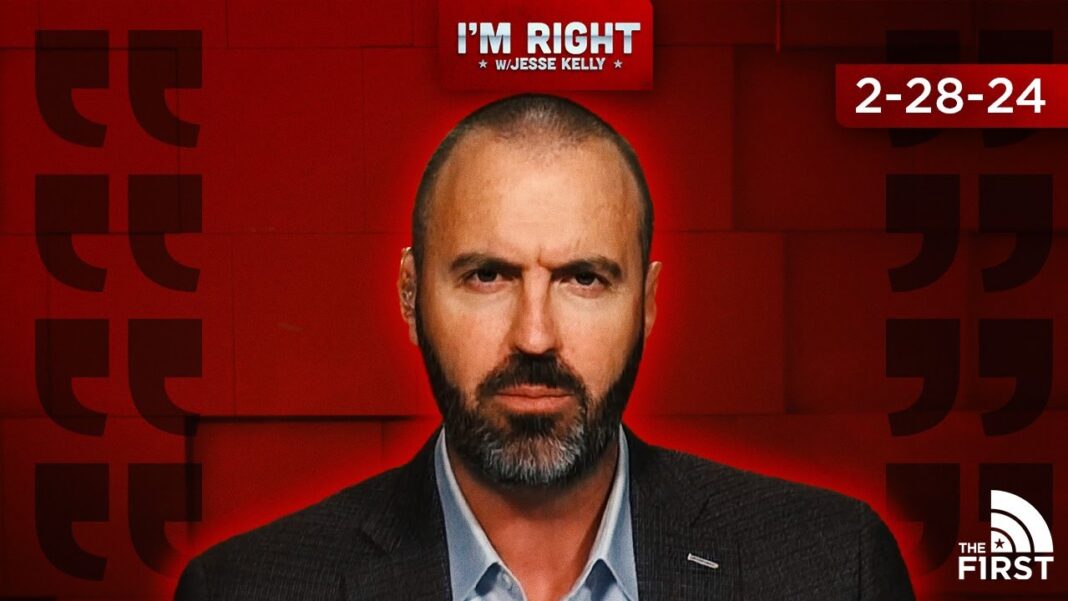The two presidents toured different border towns and gave two different messages on who was to blame for the illegal immigration crisis.
EAGLE PASS/BROWNSVILLE, Texas—Texas played host to a presidential showdown on Feb. 29 as President Joe Biden and former President Donald Trump squared off at the southern border.
It was the most direct showdown of this election season so far between the leading Democratic and Republican presidential candidates. And as each addressed the worsening situation at the U.S.–Mexico border, their messages could not have been more different.
“This is a Joe Biden invasion,” President Trump said after receiving a briefing from state officials in Eagle Pass.
His choice of location was significant. The small border town along the Rio Grande has become a symbol of rebellion for Republicans since Texas Gov. Greg Abbott seized operational control of the riverfront in January in a defiant stand against the Biden administration’s immigration policies.
Flanked by the governor, local law enforcement, and members of the Texas National Guard, President Trump said his successor was the “worst president our country has ever had.”
“He’s allowing thousands and thousands of people to come in from China, Iran, Yemen, the Congo, Syria, and a lot of other nations—many nations are not very friendly to us,” he said. “He’s transported the entire columns of fighting-aged men and … they look like warriors to me. Something’s going on. It’s bad.”
Biden Urges Passage of Senate Border Bill
As President Trump delivered his remarks, officials roughly 300 miles away in the Democrat stronghold of Brownsville briefed President Biden on the situation there.
The visit was just the second of his presidency, during which there have been historic levels of illegal immigration into the United States.
Once a hot spot for illegal immigration, the Rio Grande Valley has seen a sharp drop-off in border crossings in recent years as traffic has shifted to other areas, such as Eagle Pass in the Del Rio sector and more recently the California border.
By Samantha Flom, Janice Hisle and Emel Akan






